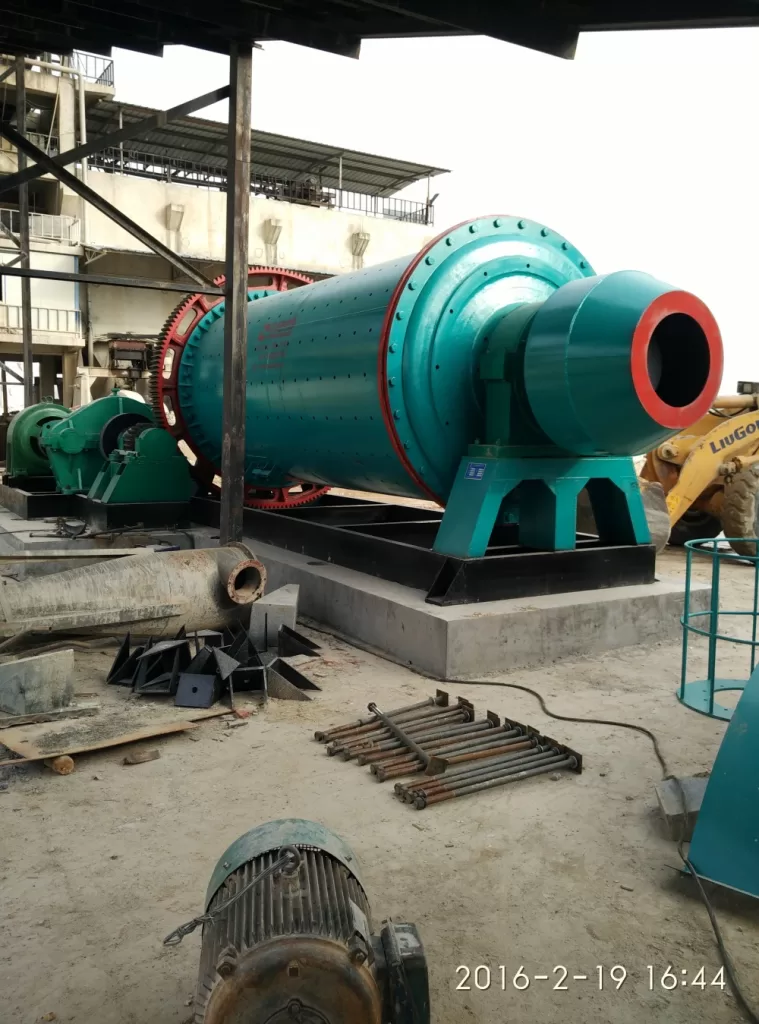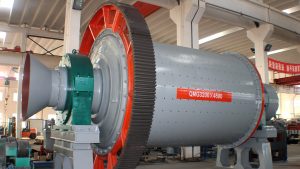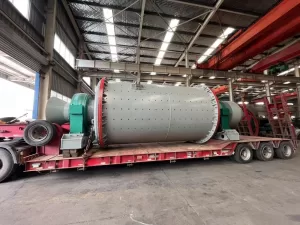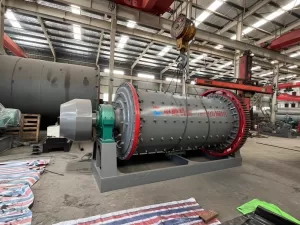Lithium ore is an important resource in industries such as glass, ceramics, and lubrication. With the increasing demand for lithium in emerging industries like lithium batteries, the need for lithium ore grinding is also rising. Ball mills are commonly used for grinding lithium ore due to their effectiveness. However, it is important to choose the right ball mill for grinding lithium ore and understand the grinding process involved.
When selecting a ball mill for grinding lithium ore, it is essential to consider both the particle size requirements and the avoidance of over-grinding. Wet lattice-type ball mills are recommended for grinding lithium ore. These ball mills have a discharge lattice plate at the end, which allows for the forcible discharge of lithium ore that has reached the desired size of single dissociation. This discharge mechanism effectively avoids over-grinding and waste of lithium resources.
Zoneding produces wet lattice-type ball mills that are particularly suitable for grinding lithium ore. These ball mills have several advantages:
1. Large discharge port design, enabling a strong processing capacity for lithium ore, reaching up to 160t/h.
2. Equipped with an automatic control system (PLC) that reduces labor costs and provides real-time transmission of equipment operating conditions for troubleshooting.
3. Static and dynamic pressure bearings ensure smooth and reliable operation.
4. Oil mist lubrication device ensures reliable lubrication of large and small gears.
5. The cylinder of the wet lattice-type ball mill can be configured with manganese steel or rubber liners according to demand, offering good wear resistance, long service life, and easy maintenance.
The grinding process of lithium ore typically involves stage grinding and stage sorting. This is because as the particle size of lithium ore decreases, the grade of lithium also decreases. To avoid wasting lithium resources, the ore is subjected to stage grinding and sorting before flotation.
To achieve better flotation results, the lithium ore is generally ground to a particle size of less than 0.15 mm. When the lithium ore contains fine and unevenly distributed particles, fine grinding is required to obtain a high-grade concentrate. In the coarse grinding stage, suitable separation methods are used to discard part of the tailings and select qualified concentrates. The ore is then re-ground and re-selected in the middle stage of the milling process.
It is important to follow the principle of “collecting early, discarding early” throughout the entire lithium ore beneficiation process. This means conducting stage grinding and timely discarding of vein minerals to reduce the burden of grinding operations, avoid over-grinding, reduce the loss of lithium, and minimize subsequent sorting operations and associated costs.
In conclusion, it is recommended to select a wet lattice-type ball mill for grinding lithium ore and to utilize a stage grinding and selection process. This approach helps avoid lithium loss, achieve the desired recovery rate, and obtain a high-grade lithium concentrate.
 Zoneding Machine
Zoneding Machine




